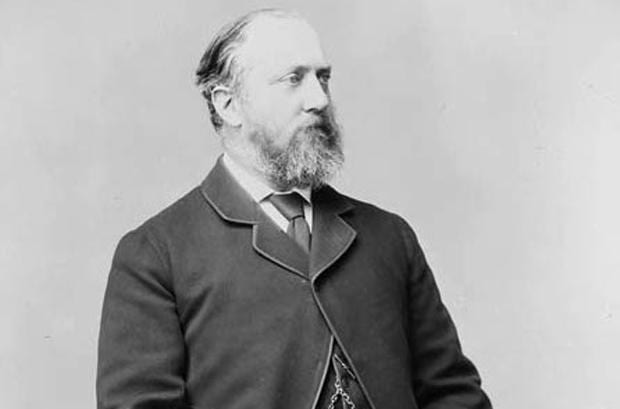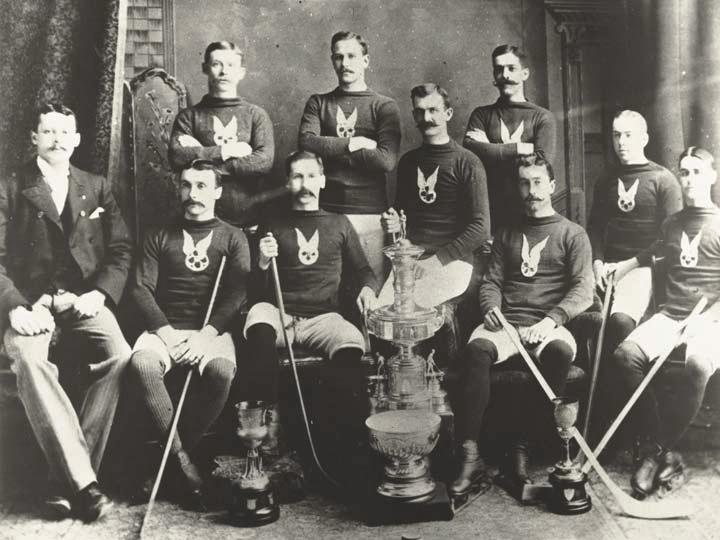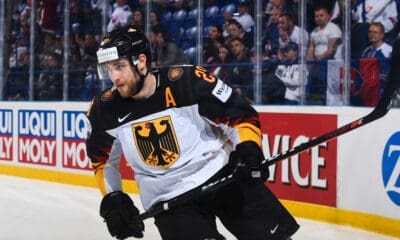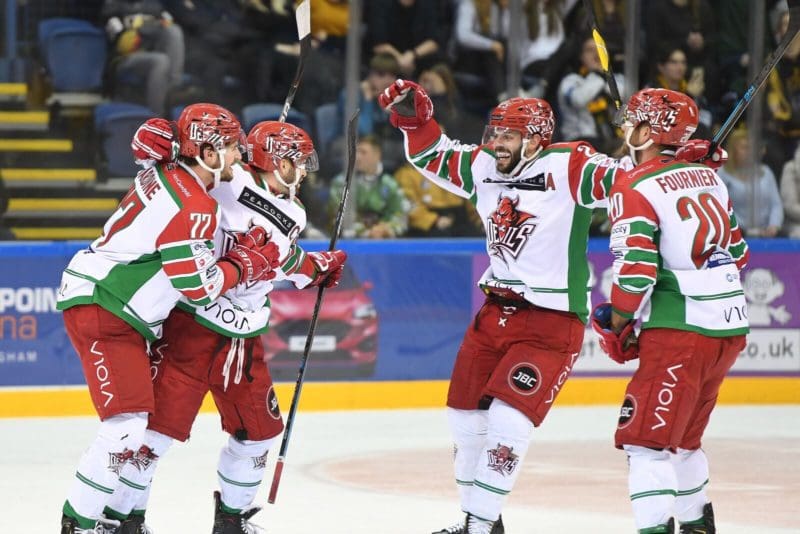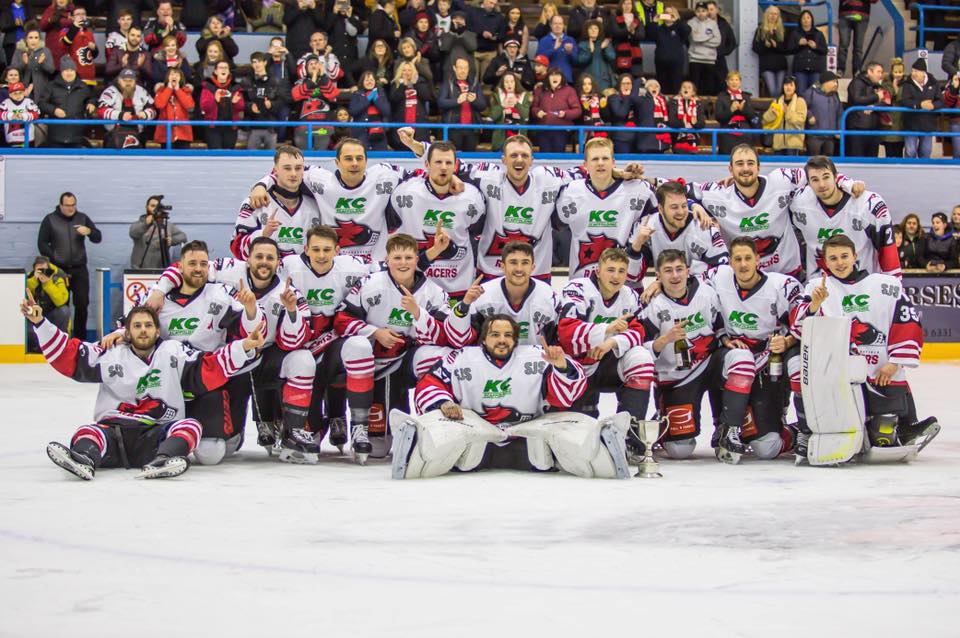Did you know it was an Englishman who sponsored the oldest team trophy in North American sports competition?
Or that it was he who first decided that ice hockey teams in North America and Canada, in particular, needed a challenge cup?
His name was Frederick Arthur Stanley, the 16th Earl of Derby, and he was a Conservative Party politician who, from 1888 to 1893, was the sixth Governor General of Canada.
He is something close to a national hero in Canada, but here in Britain we know the cup that bears his name more than we know the man himself.
Upon arrival in Canada, Lord Stanley attended the Montreal Winter Carnival where he witnessed his first ice hockey match. He was impressed by the fierce competitiveness of the local sport and became an immediate and avid fan.
His three sons became proficient players making names for themselves in the amateur leagues and toured with the Ottawa Rideau Rebels squad promoting the game. In fact, they became somewhat obsessed with the sport.
It was in 1892 that Lord Stanley decided that the sport needed a challenge cup awarded each year to the champion hockey team in Canada.
The idea was a popular one and met with universal approval, and so Lord Stanley purchased a silver cup (the top piece of the current cup) which would serve as the Dominion Hockey Challenge Cup or as we know it, the Stanley Cup.
Lord Stanley then appointed two trustees, Sheriff John Sweetland and Philip D. Ross, to administer the competition for the prize.
But most importantly came the stipulation that as a challenge cup the trophy would never belong to any one team no matter how many times that they won it.
Lord Stanley first awarded the cup to the top amateur ice hockey club in Canada at the time which luckily for him happened to be the team that he and all of his family supported.
Montreal HC (the HC stands for Hockey Club) were awarded the cup because according to the cup’s trustees’ opinion, they were the best team in the land.
This disappointed the other clubs as no terms or rules for the challenge cup were discussed prior to the award.
They felt that Montreal HC had, in essence, won it without playing a single challenge game, a far cry from the gruelling schedule facing the potential winners of this year’s cup.
According to Betstars, there are 30 teams playing an 82-game season, and that’s before they even get to the play-offs.
For the first few years of its existence only amateur teams played in the cup, but in 1910 professional teams from the National Hockey League joined the challenge cup competition.
And in 1926 the Stanley Cup, which it was now known, became the National Hockey League’s championship trophy.
In 1945 the Hockey Hall of Fame made Lord Stanley a charter member where he is rightly remembered as one of the founding fathers of ice hockey as we know it today.
And it’s with some pride that we can watch the Stanley Cup play-offs each year knowing that the most famous name in ice hockey hails from our very own shores.

